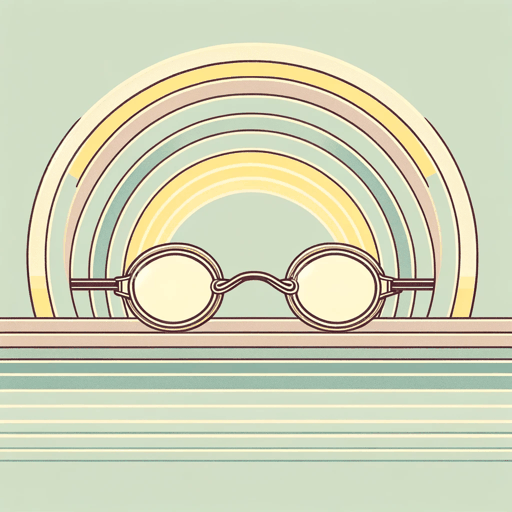31 pages • 1 hour read
Doris LessingA Woman on a Roof
Fiction | Short Story | Adult | Published in 1963A modern alternative to SparkNotes and CliffsNotes, SuperSummary offers high-quality Study Guides with detailed chapter summaries and analysis of major themes, characters, and more.
Themes
Objectification and the Male Gaze
The primary conflict of “A Woman on a Roof” occurs in response to a woman who says nothing at all until the story’s resolution. The story’s action takes two forms. The first is an ongoing argument between the three men as they assert their varying forms of masculinity in response to this strange apparition: a woman sunbathing on her own London rooftop. The second is a wordless dialogue between the men and the woman as she responds to their aggressive spectatorship first with performative indifference and then, when that strategy fails, with attempts to evade their gaze.
In her 1975 essay, “Visual Pleasure and Narrative Cinema,” the critic Laura Mulvey introduced the concept of the male gaze—a mode of depicting women in in cinema and art as passive objects of aesthetic and erotic pleasure for a presumptively male and heterosexual audience. When the woman first appears on the rooftop, she is lying prone on a blanket, nearly nude, completely at ease and apparently unaware of the men looking at her, much like any number of reclining nudes in the history of European art. From her own 







Related Titles
By Doris Lessing

Briefing for a Descent Into Hell
Doris Lessing

Martha Quest
Doris Lessing

No Witchcraft for Sale
Doris Lessing

Prisons We Choose to Live Inside
Doris Lessing

The Fifth Child
Doris Lessing

The Golden Notebook
Doris Lessing

The Grass is Singing
Doris Lessing

Through the Tunnel
Doris Lessing

To Room Nineteen
Doris Lessing
